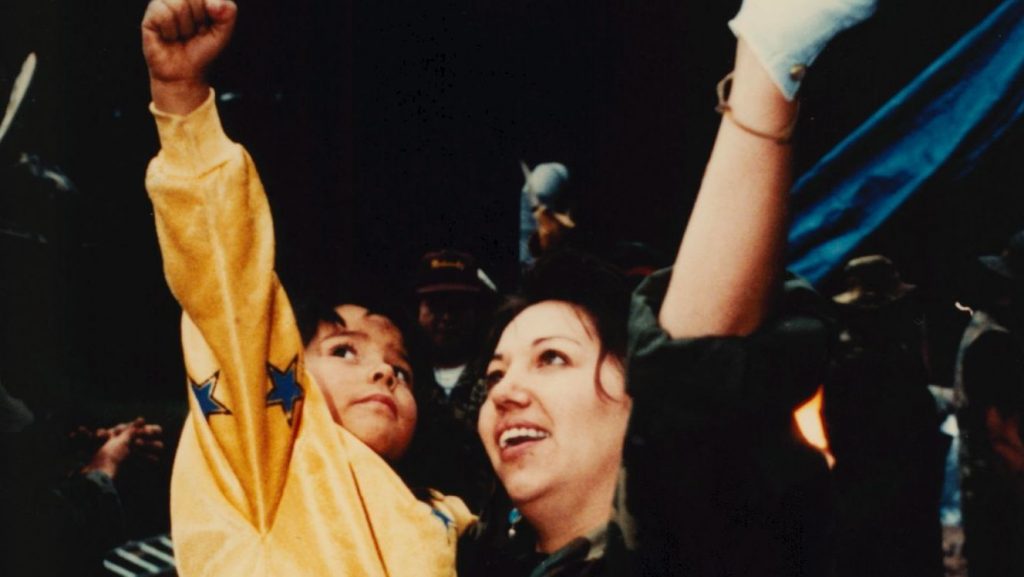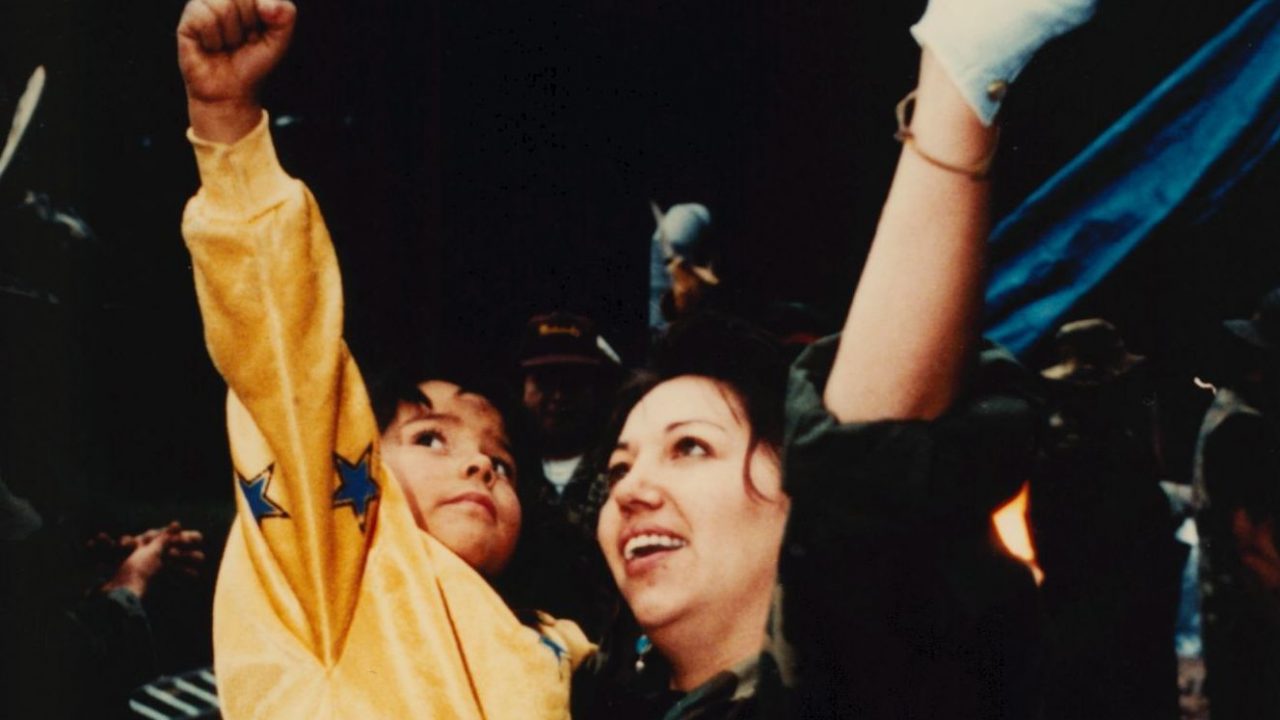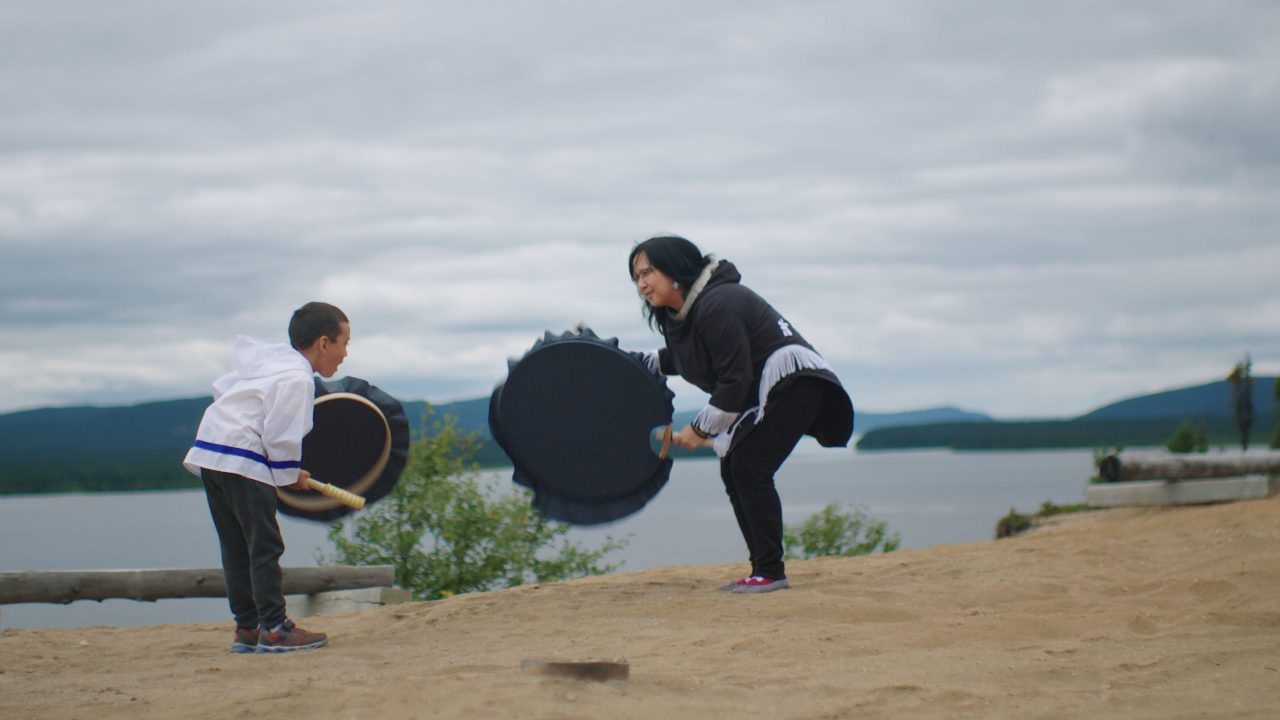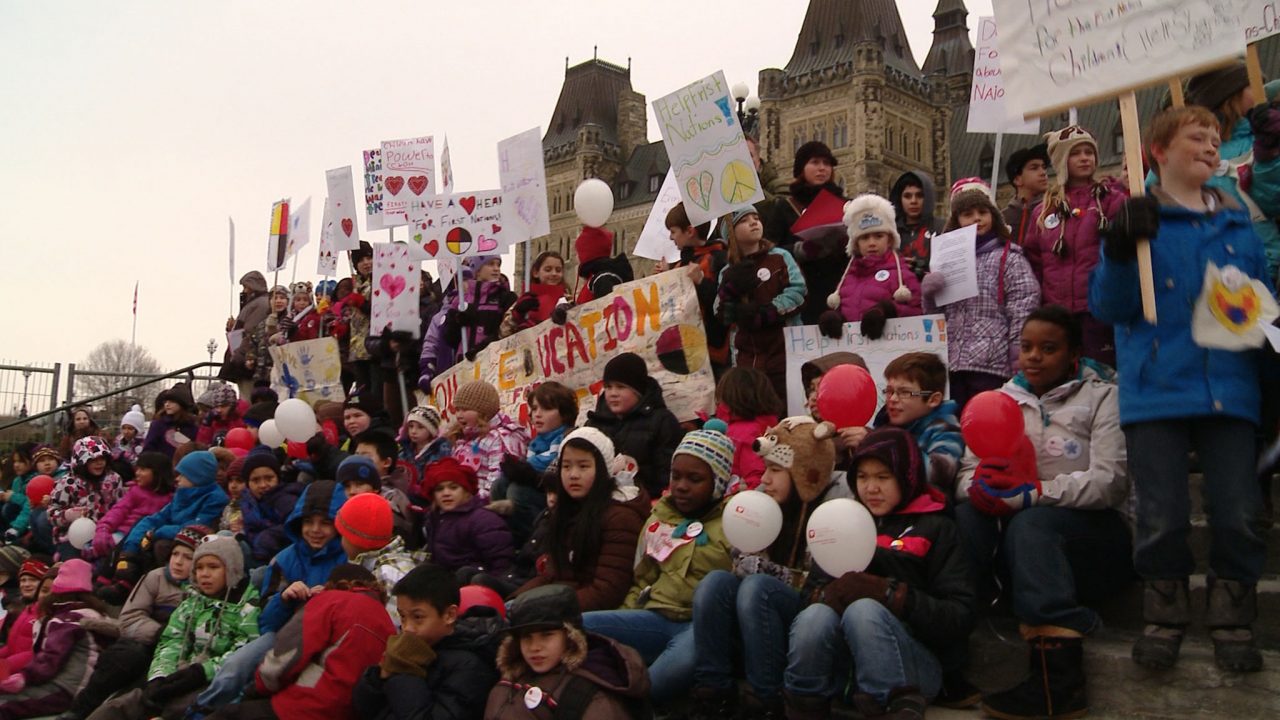
Indigenous Resistance and Culture: Four Films Depicting the First Nations Struggle for Survival and Identity
Indigenous Resistance and Culture: Four Films Depicting the First Nations Struggle for Survival and Identity
The three documentaries and the five-part series of shorts discussed in these series of blog posts can help viewers to rethink Canada’s relationship to First Nations peoples, who struggle to defend the rights they’ve won through the courts and/or treaties.
The feature-length films document resistance struggles that began as peaceful protests—protests which, in some cases, grew into deadly confrontations, as they were opposed by a united front of non-Indigenous community members, governments and various armed forces. Interviews and original film footage provide a remarkable testament to the strength and determination of Indigenous leaders who fought against the erasure of their history and rights.
As one protestor stated, “our struggles are fundamentally for our human rights.” (Many of the interviewees talk about their experiences as residential school survivors and how resistance struggles became essential to their healing.)
These films offer educators and students the opportunity to learn about how colonization impacted four First Nations, and to see their stories told by the Indigenous directors who filmed them. Consider the question: How do these voices, seldom heard in the media or textbooks, offer a different perspective on the issues of land claims and self-governance?
For viewers who are interested in understanding the First Nations’ point of view during some major protests, and for educators engaged in teaching about Canada’s historical treatment of First Nations, these films are essential viewing. They all connect well with one another, share unifying themes and display how harsh and discriminatory non-Indigenous communities and governments have been in dealing with Indigenous peoples’ issues.
The four titles that will be examined are:
Six Miles Deep: This documentary takes place on the Six Nations territory identified through the Haldimand Deed and marked as territory 40 and 40B. It offers a portrait of a group of women who led their community, the largest reserve in Canada, Six Nations of the Grand River Reserve, in a historic blockade to protect their land. Read the full post here.
Is the Crown at War with Us?: During the summer of 2000 the country watched in disbelief as federal fisheries waged war on the Mi’kmaq fishermen of Burnt Church, New Brunswick. Why would officials of the Canadian government attack citizens for exercising rights that had been affirmed by the highest court in the land? Read the full post here.
Kanehsatake: 270 Years of Resistance: In July 1990, a historic confrontation propelled Indigenous issues in Kanehsatake and the town of Oka, Quebec, into the international spotlight and the Canadian conscience. Director Alanis Obomsawin endured 78 nerve-wracking days and nights filming the armed stand-off between the Kanien’keháka (Mohawks), the Quebec police and the Canadian army. The viewer is given a front-row seat to an age-old Indigenous struggle, in this portrait of the people behind the barricades that offers insight into the Kanien’keháka’s unyielding determination to protect their land. Read the full post here.
Freedom Road: This five-part documentary series tells the story of Shoal Lake 40 Anishinaabe First Nation and their battle to build a road, after their community was forcibly relocated and cut off from the mainland over 100 years ago so that water could be diverted to the city of Winnipeg. Read the full post here here.
Here are some of the inquiry questions that you may ask students to keep in mind before viewing the films:
- What have the First Nations in these four cases achieved in defending their historic rights?
- What was the response of the Canadian state to the land claims and survival needs of First Nations?
- Which of these struggles achieved success, and how is that to be measured?
- In this post-Reconciliation era, with all that we know about the history and legacy of residential schools, how do these films illustrate the attitude of the state and broader society towards Indigenous peoples in Canada?
- What is the unifying story told by each of these resistance struggles?
- What do we learn about the role of women in these communities/societies?
- What is the role of the Indian Act in the history of Canada–First Nations relations?
- What is the role of women in each of these resistance movements?
- How do these communities understand the responsibilities they have for future generations?
- What is “the history lesson” here with regard to the relationship between the colonizers and the colonized?
- Solidarity actions were important to the three major resistance struggles. What is the role of solidarity among the Indigenous peoples across Canada and North America? What were some of the landmark struggles fought elsewhere?
- How are these struggles similar to the current Wet’suwet’en resistance struggle opposing the LNG pipeline in BC? How is history repeating itself?
Pour lire cet article en français, cliquez ici.
Carol Arnold is of Métis-Cree ancestry on her mother’s side and was raised in the Métis community of Lac Ste. Anne, also known as Manito-Sakahigan. She has been a teacher for over 30 years in both Alberta and British Columbia, specializing in social studies, BC First Peoples and English. Although she teaches full time, she is involved in Aboriginal education workshop development and delivery for teachers in BC through her in the BC Teachers’ Federation. She loves using NFB films to teach her courses and finds that the NFB’s catalogue of Indigenous films contains excellent historical footage, in addition to documenting current events in Canada and the world.
Discover more Educational blog posts | Watch educational films on NFB Education | Subscribe to the NFB Education Newsletter | Follow NFB Education on Facebook | Follow NFB Education on Twitter | Follow NFB Education on Pinterest



